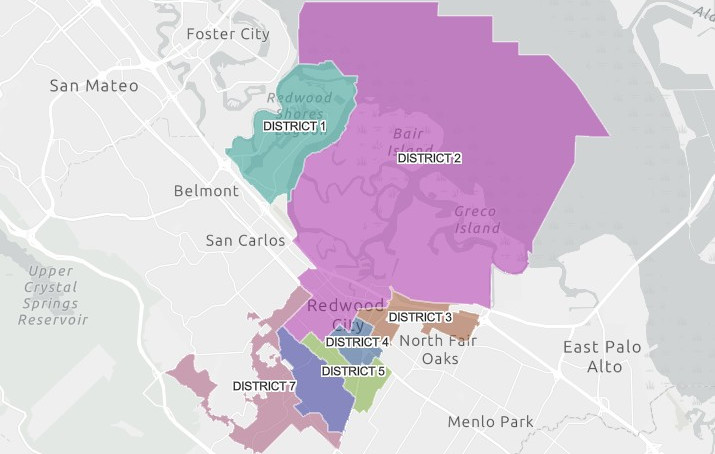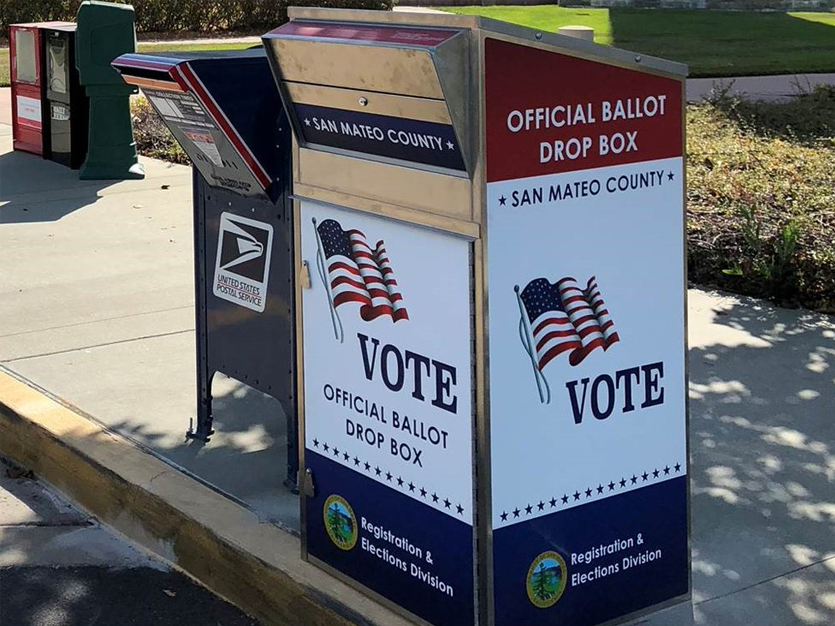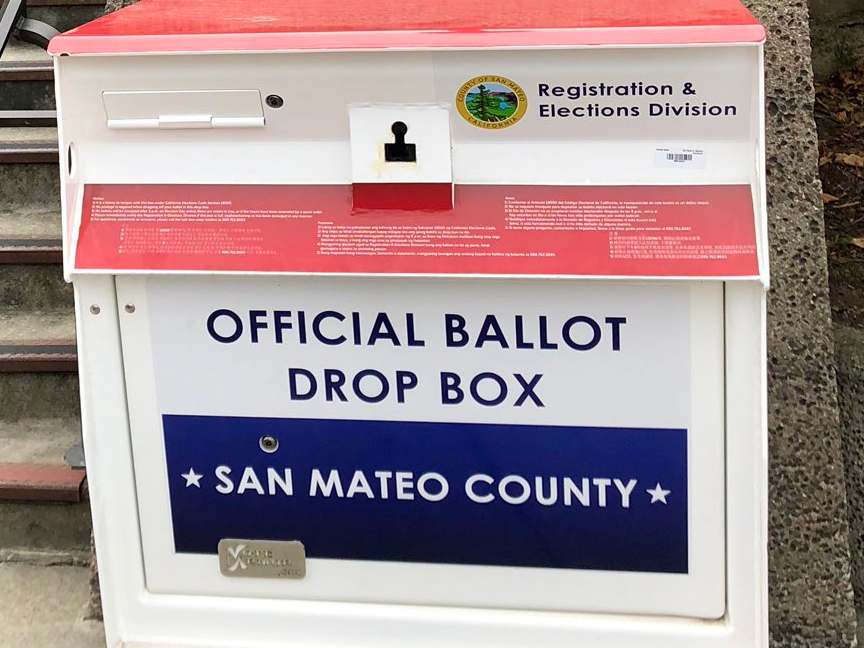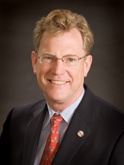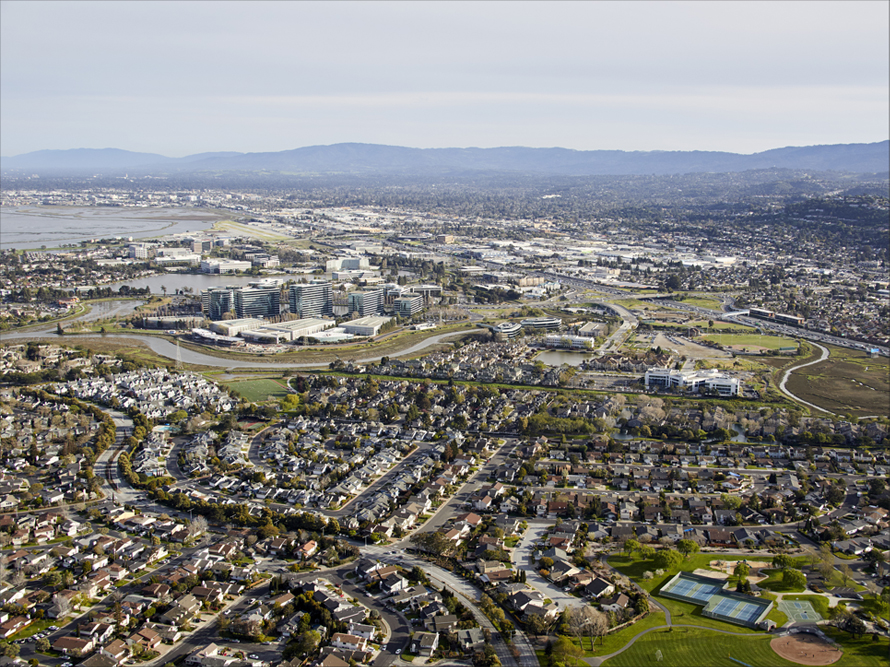Political Climate with Mark Simon: Council candidate Michael Smith brings fresh perspective to Redwood City

The following is the first of four columns covering the November election for City Council of Redwood City. The first installment reports on the District 4 race.
—
In little more than a month, ballots for the November 3 election will start showing up in mailboxes, and Redwood City has an unprecedented array of contested races and candidates of widely varying qualifications, backgrounds and experiences.
Over the next few weeks, I’ll be writing columns on each of the races. Climate Magazine also will be hosting online forums among the candidates in the three contested races. I’ll be moderating those forums.
Meanwhile, we’ll get started by taking the path of least resistance, or the least complicated, and introduce Planning Commissioner Michael Smith, who is running unopposed in District 4.
For a brief moment, the City Council considered canceling the election in this district, but decided to go forward, a decision Smith supported.
“I’m really excited the election is moving forward. Allowing the residents of District 4 to represent their choice, albeit symbolic, perhaps, is the right thing. It allows me to come in with a mandate,” Smith said in an interview with Climate.
A young professional, Smith brings a fresh perspective to the city issues. Raised and educated on the East Coast, Smith moved to Redwood City about four years ago and immediately involved himself in the Boys and Girls Club of the Peninsula. From there, he helped write the cannabis ordinance ultimately adopted by the city and he served on the El Camino Real Corridor Citizens Advisory Group and as co-chair of the Palm Park Neighborhood Association. He made enough of an immediate impression to win an appointment to the Planning Commission two years after he moved to the city.
In past council campaigns, the length of time a candidate has lived in the city has been a cause for concern among some of the more vocal advocates, but Smith said he has worked quickly to “create relationships with as many people as I can. … I’m a younger person who’s interested in ingratiating myself in the community.” And there is value in having a mix of residents — old and young, new and longstanding, he said. “Putting up a wall between those two demographics creates a social anxiety. I want to bridge that gap.”

The district runs from the central part of the city, south of Jefferson Avenue, to the Five Points area in the southern section of city, and a portion of the city’s eastside. The district is 77 percent Hispanic — one of two minority-majority districts created by the council last year. Only 15 percent of the residents have a college degree; 43 percent of households have an annual income under $50,000; 68 percent of residents live in multi-family households; and 80 percent are renters.
It’s also among the youngest of the city’s seven districts, with 27 percent of residents aged 19 or younger.
“It’s a demographic in this city that is younger, moved here more recently, not necessarily engaged on the local level. But they’re here and they’re interested in the broader concerns,” Smith said.
Smith said district residents “are a group of teachers, librarians, nurses and engineers. We are parents, young singles, high school students and retirees.”
EMPOWERING YOUTH: An adjunct professor in Business at Canada College, he has spent extensive time in conversation with students, learning their challenges and concerns, which led him to make one of his campaign priorities empowering youth.
“Things are incredibly expensive, finding employment is difficult, especially a livable wage that allows them to thrive in this area,” Smith said.
He wants to enhance access among youth to public transportation. “Public transportation is a tool of the youth,” he said. He thinks the SamTrans board should have a seat dedicated specifically to a local person of youth. And he wants county youth-oriented programs expanded through partnerships with local organizations already doing work with youth, including a focus on job training.e wHe
HOUSING AND DEVELOPMENT: He supports “more housing, more commercial development and the ability to develop low-income housing. “As a housing advocate, I’m extremely motivated to build,” Smith said. But he favors “thoughtful and smart development. … Despite what people might think about me, I respect neighborhoods,” including his own, which he describes as high-density and should not automatically be a target for growth.
“There is a rational basis for both sides of the argument,” Smith said. “I’m really focused on opening up the stock of housing that can be developed. I’m not interested in having monster homes in Redwood City, but I do think we should enable families that are growing to expand their homes.”
RENT RELIEF: He supports the efforts at the state level to address the issue of rising rents, and thinks the renter protections adopted by the state should be extended to small businesses.
BLACK LIVES MATTER: Even as he was preparing for the campaign, Smith said he has been working with local Black Lives Matter activists to develop a list of law enforcement reform actions for council consideration. They include creation of a police oversight committee, routine release of police records concerning use-of-force complaints, either individually or an aggregate basis, an audit of use-of-force policies and diversion of some city law enforcement funding toward mental and behavioral health services.
He said the leadership of the Redwood City Police Department has been supportive of discussions about moving beyond some of the historic elements of the department’s relationship with the community.
“I know there’s interest in moving the needle on the relationship police have with our communities, specifically communities of color,” Smith said.
“I am in support of the Black Lives Matter movement because it has sparked activism throughout the nation,” Smith said. “I believe that the Movement for Black Lives is about illuminating the social, economic, and political inequities that are institutionalized in the local and national systems Americans have supported throughout our nation’s history. Structural and systemic racism exists in nearly every aspect of American life. This fact has been articulated in dozens of volumes of academic and popular literature. Our society–– including Redwood City––must come to terms with these realities.”
Contact Mark Simon at mark.simon24@yahoo.com.
*The opinions expressed in this column are the author’s own and do not necessarily reflect the views of Climate Online.

